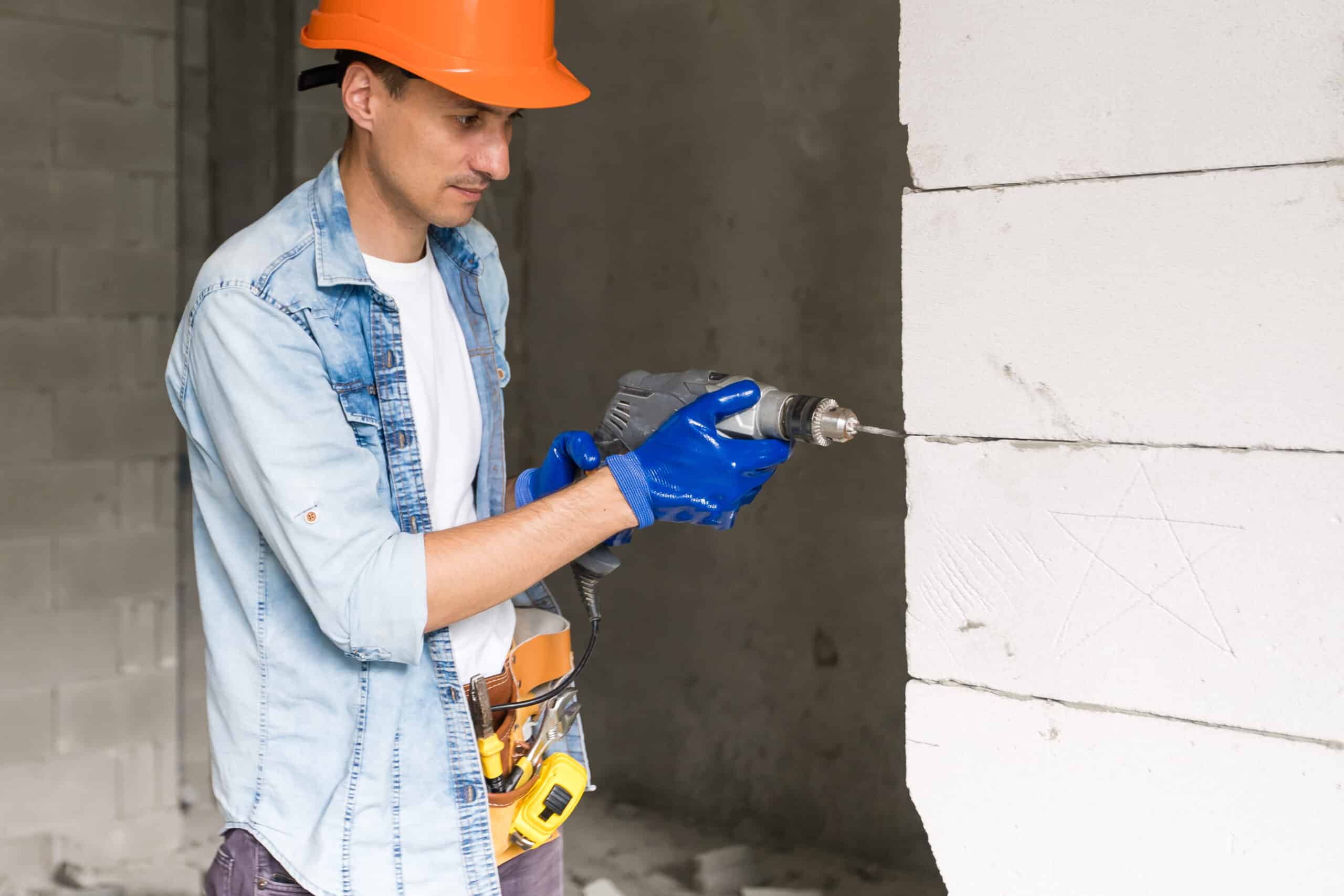What Surfaces Do You Use a Cordless Drill For?
Key Takeaways
- A cordless drill is a versatile tool that can be used on a wide range of surfaces including wood, metal, plastic, walls, glass, ceramic tiles, concrete, and brick.
- For woodworking projects, a cordless drill can effortlessly drill holes into wood surfaces and drive screws and fasteners.
- A cordless drill is essential for working with metal, allowing you to drill holes into metal surfaces and perform automotive repairs.
When it comes to versatility and convenience, a cordless drill is a must-have tool for any DIY enthusiast or professional. One of the key advantages of a cordless drill is its ability to be used on a wide range of surfaces. Whether you’re working with wood, metal, or plastic, a cordless drill can handle the task at hand with ease. In this article, we’ll explore the different surfaces you can use a cordless drill for and the various applications it offers.
Wood
Woodworking projects often require drilling holes, and a cordless drill is the perfect tool for the job. Whether you’re building furniture, installing shelves, or making repairs, a cordless drill can effortlessly drill holes into wood surfaces. It allows you to create precise holes of varying sizes, depending on the drill bit you choose. Additionally, cordless drills are also suitable for driving screws and fasteners into wood, making it a versatile tool for carpentry tasks.
Metal
When it comes to working with metal, a cordless drill is essential. Whether you’re installing metal brackets, assembling metal structures, or performing automotive repairs, a cordless drill can handle the task. With the right drill bits, you can easily drill holes into metal surfaces, allowing you to secure components or create openings for wiring. Cordless drills with higher torque ratings are particularly useful when drilling through thick or tough metals.
Plastic
Drilling holes in plastic can be a delicate task, and a cordless drill provides the necessary control and precision. Whether you’re working with PVC pipes, plastic sheets, or other plastic materials, a cordless drill can help you create clean and accurate holes. It’s important to use the right drill bit designed specifically for plastic to avoid cracking or damaging the material. With a cordless drill, you can easily customize plastic objects or secure them in place with screws.
Walls
When it comes to home improvement projects, a cordless drill is an invaluable tool for working on walls. Whether you’re hanging shelves, mounting artwork, or installing fixtures, a cordless drill makes the task much easier. By using the appropriate drill bit, you can drill holes in drywall or masonry surfaces, allowing you to securely anchor screws and fasteners. This versatility makes a cordless drill a must-have for any homeowner or DIY enthusiast.
Other Surfaces
While wood, metal, plastic, and walls are the most common surfaces for using a cordless drill, there are many other applications where this versatile tool can be handy. Some other surfaces you may use a cordless drill for include:
- Glass: With the right drill bit and technique, you can drill holes in glass surfaces for various decorative or functional purposes.
- Ceramic Tiles: A cordless drill with a carbide-tipped drill bit can be used to install fixtures or make repairs on ceramic tile surfaces.
- Concrete: Cordless drills with hammer drill functionality can be used to drill holes in concrete surfaces for various construction or installation projects.
- Brick: Similar to concrete, cordless drills with hammer drill functionality can be used to drill holes in brick surfaces for installing fixtures or making repairs.
As you can see, a cordless drill is a versatile tool that can be used on a wide range of surfaces. From woodworking to metalworking, from home improvement to automotive repairs, a cordless drill is an essential tool for any DIY project or professional task. Its portability and convenience make it a go-to tool for both indoor and outdoor projects. So, whether you’re a seasoned DIY enthusiast or just starting out, a cordless drill is a valuable addition to your toolbox.
Related Websites:
FAQs:
Q: What are the advantages of using a cordless drill on wood surfaces?
Using a cordless drill on wood surfaces offers convenience and portability. It allows for easy maneuverability, making it ideal for woodworking projects that require mobility. Additionally, cordless drills provide sufficient power for most wood drilling tasks, making them a versatile tool for DIY enthusiasts and professionals alike.
Q: Can I use a cordless drill on metal surfaces?
Yes, cordless drills can be used on metal surfaces. However, it is important to ensure that you have the appropriate drill bit and take necessary precautions. Cordless drills are effective for drilling into various metal surfaces such as aluminum, steel, and copper, allowing you to complete metalworking projects with ease.
Q: Are cordless drills suitable for drilling into masonry and concrete?
Cordless drills can be used for drilling into masonry and concrete surfaces. While they may face some challenges due to the hardness of these materials, cordless drills equipped with masonry drill bits can effectively penetrate masonry and concrete. It is important to use the appropriate drill speed and apply steady pressure for optimal results.
Q: Can cordless drills be used on plastic and PVC surfaces?
Yes, cordless drills are suitable for working with plastic and PVC materials. They offer the advantage of precise control and adjustable speed, making them ideal for tasks such as drilling holes or installing screws in plastic and PVC surfaces. However, it is important to use the correct drill bit and avoid applying excessive force to prevent damage.
Q: What other surfaces can cordless drills be used on?
Cordless drills can also be used on surfaces such as drywall and tiles. However, it is crucial to consider the specific requirements and attachments for each surface to ensure proper drilling. It is recommended to consult user manuals or seek professional advice when unsure about the compatibility of cordless drills with specific surfaces.





